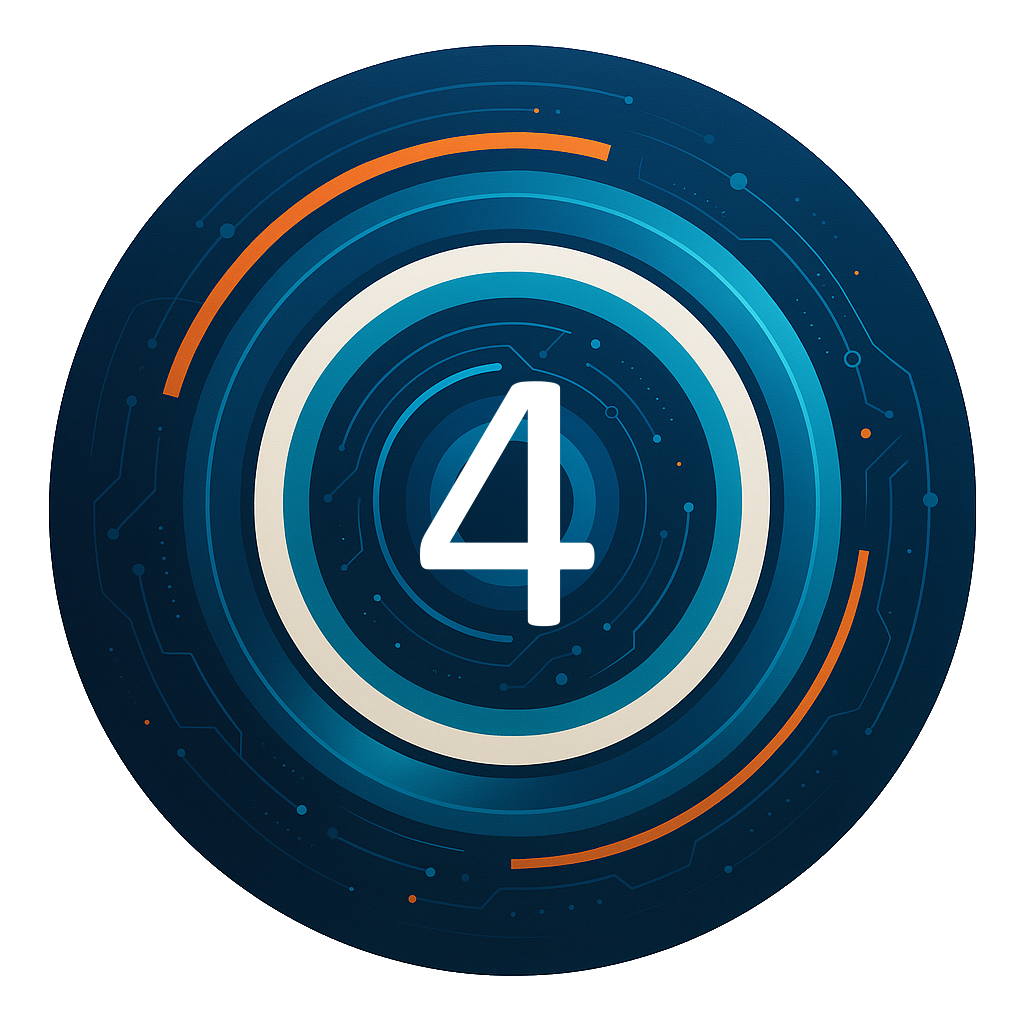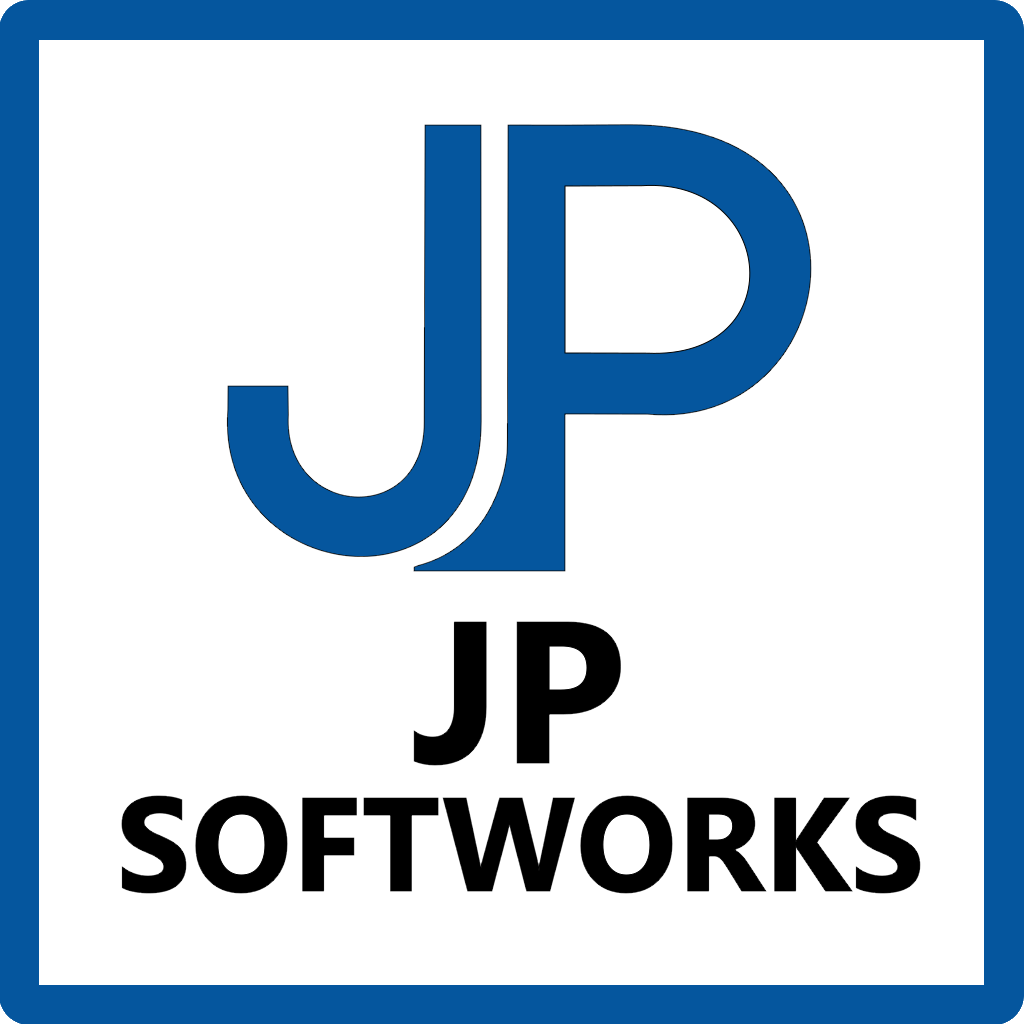The Four Agilities: Through a SecDevOps Lens
Agility is sustained speed with safety. We break down the four agilities and show how we wire them into pipelines, platforms, and team habits that actually stick.

Why This Conversation Matters
At JPSoftWorks, we spend a lot of time thinking about what agility really means in a SecDevOps world. The recent Security Boulevard article on The Four Agilities Powering the Modern CIO and CISO struck a chord with us. It highlights cognitive, infrastructure, application, and security agility as the core disciplines leaders must balance. We agree: and we see these principles play out every day in our work with clients.
1- Cognitive Agility: Guardrails for the AI Era
Generative AI changes the game. Decisions can now be made in real time or even anticipated, with models surfacing risks or opportunities in plain language. But agility here isn’t just about speed: it’s about trust. We’ve seen how unchecked models can drift, mislead, or even leak sensitive data. That’s why our SecDevOps pipelines treat AI models like any other high-risk system: automated testing, "explainability" checks, and governance baked in from the start. Cognitive agility means pairing creativity with discipline.
2- Infrastructure Agility: IaC as the New Security Canvas
Cloud-native environments live and breathe elasticity. Spinning up a secure environment should be as fast as writing a config file, not waiting for a procurement cycle. At JPSoftWorks, we treat Infrastructure as Code as both an engineering and a security practice. Policies, encryption standards, and compliance rules should live in repositories, version-controlled and testable. This makes our security posture reproducible and auditable: exactly what fast-moving enterprises need.
3- Application Agility: Shifting Security Left
Microservices and Containerization accelerate delivery but also multiply complexity. Application agility is not just about speed: it’s about resilience. Our approach is to shift security as far left as possible: automated scanning of dependencies, secrets management built into the CI/CD flow, and risk-based prioritization for issues. The goal is to keep developers moving fast without sacrificing trust.
4- Security Agility: From Gatekeeper to Partner
Traditionally, security slowed everything down. That’s not viable anymore. Security agility means building controls into workflows so they feel like natural guardrails, not roadblocks. For us, this has meant embedding compliance checks directly into pipelines, and giving developers self-service tools to make secure choices without waiting for manual approvals. The cultural shift is just as important as the technical one: security needs to be seen as a partner in innovation.
Integration Is the Differentiator
Each of the four agilities matters on its own, but real impact comes from how they interact. A team strong in infrastructure agility but weak in cognitive or security agility will falter. We’ve seen organizations succeed when they treat agility as a system: cognitive insights shaping infrastructure decisions, application delivery tied tightly to automated security, and security in turn feeding back into how teams think about risk. That’s where SecDevOps shines.
Common pitfalls we actively avoid
- Agility theater: renaming ceremonies without changing flow efficiency. We watch lead time, not meeting counts. Thank you to Joshua Copeland for this perspective on business theatrics.
- Policy drift: hand‑edited cloud consoles that quietly diverge from code. We lock consoles down and reconcile from Git.
- Ticket ping‑pong: security throwing findings over the wall. We move decisions into pull requests with clear, code‑level fixes.
- Alert fatigue: noisy scanners with vague severity. We tune on exploitability, reachability, and business blast radius.
Metrics that actually move the needle
We report a tight set of metrics that tie directly to outcomes.
- Lead time for change and change failure rate
- Exploitable‑finding MTTR and time to remediate critical identities or keys
- Percentage of workloads covered by signed artifacts and SBOMs
- Percentage of infrastructure governed by policy‑as‑code gates
- Mean time from anomalous signal to validated hypothesis in SOC workflows
These give CIOs and CISOs a shared scoreboard that blends speed, quality, and safety.
Putting it together: an operating blueprint
30 days
- Stand up policy‑as‑code for IaC and clusters. Turn on artifact signing and SBOM generation.
- Add the cognitive CI lane for any AI‑touching service. Start with red team prompts and leakage tests.
60 days
- Shift left secrets management and enable PR preview environments with automated DAST.
- Wire risk scoring into the backlog. Track MTTR for exploitable findings as a key metric.
90 days
- Roll out detection‑as‑code and ChatOps (Teams or Slack) workflows so incidents, changes, and exceptions are handled in the same channel.
- Automate continuous evidence for your top compliance framework and publish posture dashboards to product teams.
This plan keeps all four agilities reinforcing each other. Cognitive insights shape work. Infrastructure makes change safe. Application delivery stays smooth. Security scales through automation.
Our Takeaway
The article is right: agility has never been about speed alone. For us at JPSoftWorks, it’s about resilience, trust, and the ability to adapt without breaking stride. The four agilities: cognitive, infrastructure, application, and security: are not abstract ideals. They’re the daily practices that let us keep pace with change while keeping our clients secure.

